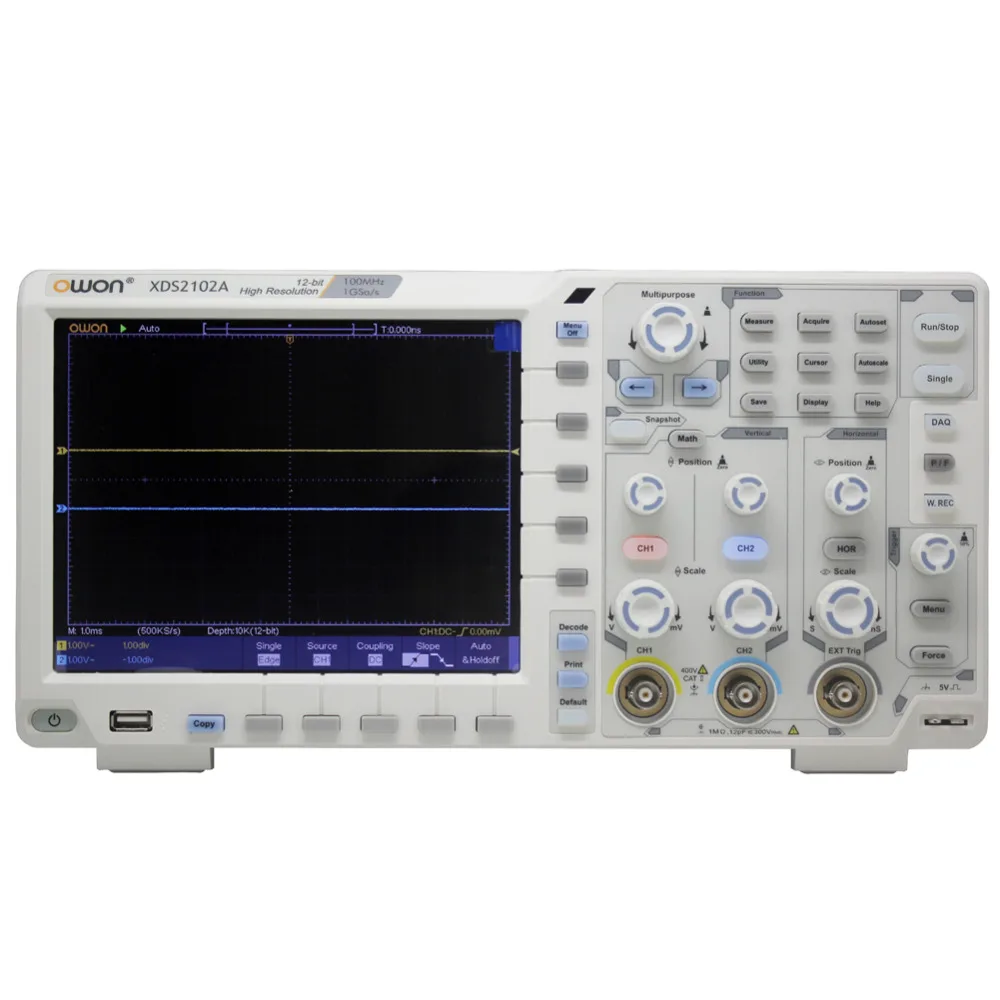

#12 bit adc resolution calculator full#
The number of counts produced over the full output range typically determines performance. This allows system designers to directly interface sensors to the ADC while using a small portion of the overall converter input range thus, significantly simplifying the analog front end. The converter requires enough resolution over its full input range to maintain high resolution within a significantly reduced portion of its input span. Because PGAs are used to reduce the noise contributed by the analog-to-digital converter, if the ADC noise is low enough, these PGA tradeoffs can be eliminated.Įliminating the PGA (and tare adjust) requires a converter with exceptional offset, linearity, full-scale accuracy, drift, and noise performance. In addition, sensor offset/tare voltages need to be adjusted out to prevent saturating the amplifier output or over-ranging the ADC input. PGAs degrade the system performance by introducing added error sources, drift, cost and complexity.

However, the system performance is dominated by the noise performance of the PGA as well as its offset, full-scale, and linearity performance. The input referred noise due to the ADC is reduced by the PGA gain. The convention is to amplify the sensor output voltage range so that it matches the ADC input range. Programmable gain amplifiers (PGAs) are commonly used in systems where a small input signal (RTD, thermocouple, strain gauge) needs to be applied to a wide input range analog-to-digital converter. Measuring Low Level Signals without a PGA The absolute accuracy (5ppm INL, 1ppm offset, 10ppm full-scale, all independent of output rate), and flexible input range (common mode input from GND to V CC independent of V REF) greatly simplify analog front end circuitry. The ultra low noise of the ADC eliminates the system-level complexities related to using PGAs by offering 25 million counts over a ☒.5V input range (200nV RMSNOISE) or 500,000 counts over a ±50mV input range independent of sensor offset/tare voltages. The variety of easy-to-select speed/resolution combinations allows the LTC2440 to be tailored to many applications. The digital filter has no latency, allowing the converter to respond to speed selections or external input channel changes between conversions without settling errors.įigure 3.
#12 bit adc resolution calculator serial#
Figure 3 shows the ten speed/resolution combinations from 6.9Hz/24.6 bits to 3.5kHz/17 bits which are selectable through a simple serial interface, where resolution = log(RMS noise/5)/log 2. A programmable over sample ratio (OSR) allows users to tune the speed and resolution for a variety of applications (see Figure 1). An internal oscillator enables accurate line frequency rejection while eliminating the need for high frequency external oscillators and the coupling problems that can result.įigure 2 shows a block diagram of the new LTC2440, which uses a new delta sigma converter architecture but remains pin and timing compatible with the existing delta sigma converter product line. The No Latency Delta-Sigma ™ architecture simplifies multiplexing applications. Transparent offset and full-scale auto calibration are performed every conversion cycle to ensure absolute accuracy independent of time, temperature, and supply voltage. Calibration sequences, configuration registers, filter settling time, and external oscillators are eliminated. This family differentiates itself from other high resolution converters by offering extreme accuracy without the added complexities usually associated with delta sigma converters. Over the past 5 years, Linear Technology has produced an extensive family of ultrahigh precision delta sigma analog-to-digital converters. Conventional wisdom may be conventional, but in this case it is not necessarily wise. The natural conclusion of conventional wisdom is that high resolution, delta sigma ADCs make for complex designs. Conventional wisdom also suggests that achieving a high level of accuracy and rejection requires a fast output rate and accompanying post-processing, and that a low impedance source cannot be measured directly, but requires buffering. Conventional wisdom suggests that measuring low level signals, such as strain gauge bridges or thermocouples, requires amplification to match the ADC input range. Using a delta sigma ADC for precision instrumentation can be a simple proposition, despite conventional wisdom to the contrary.


 0 kommentar(er)
0 kommentar(er)
